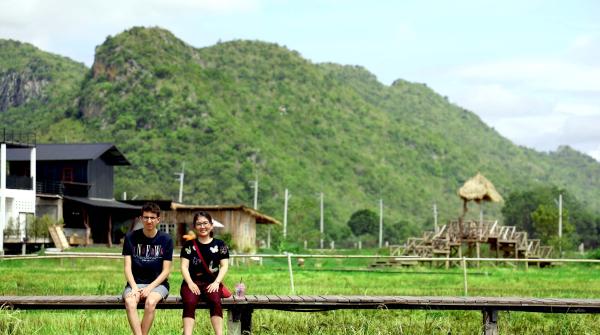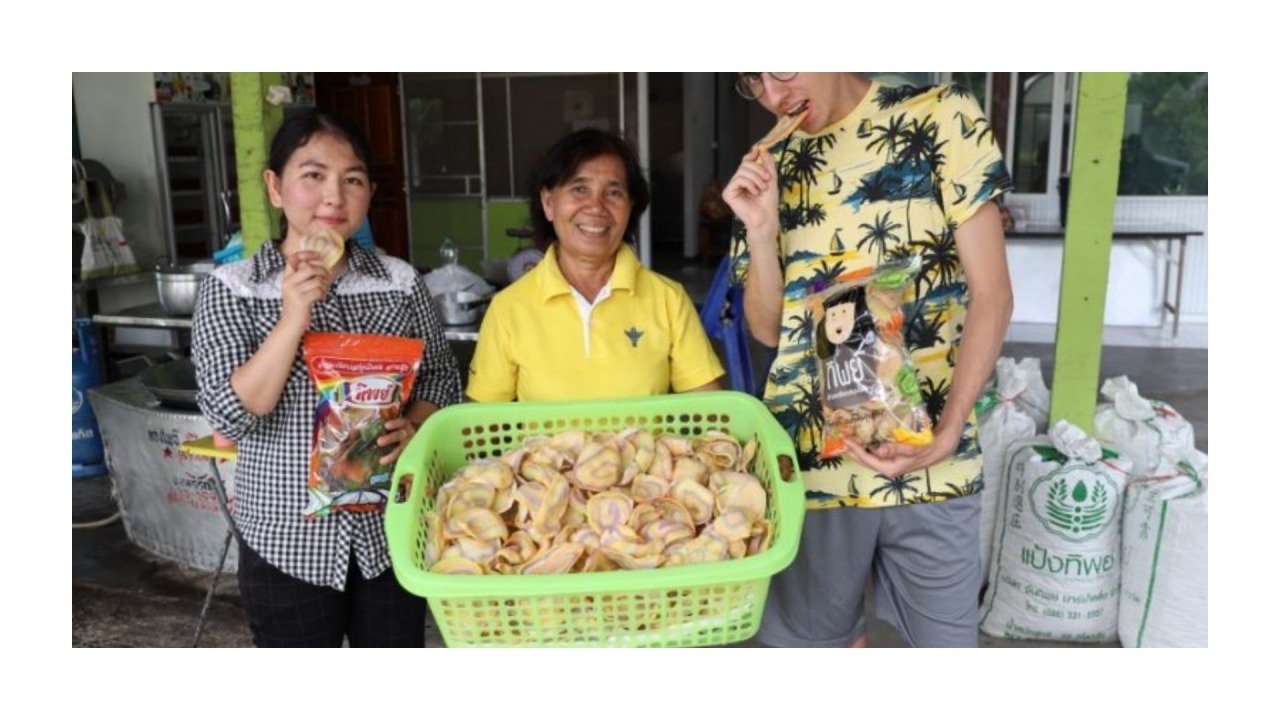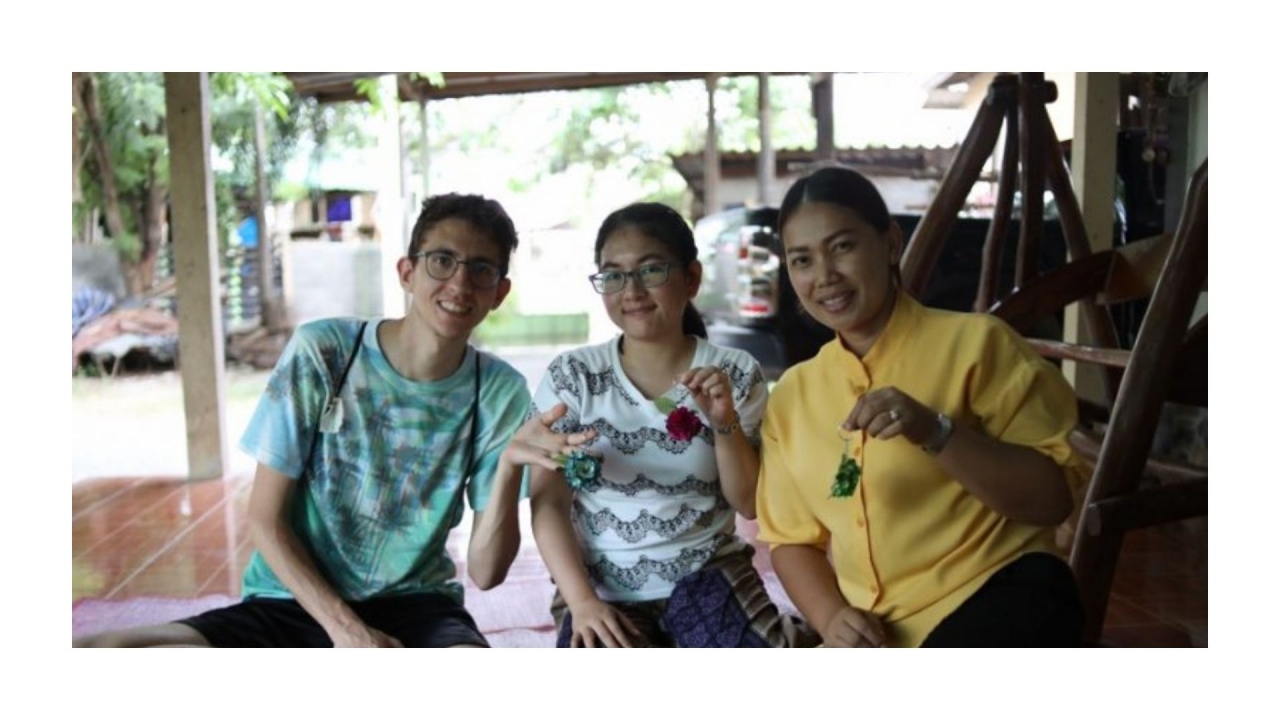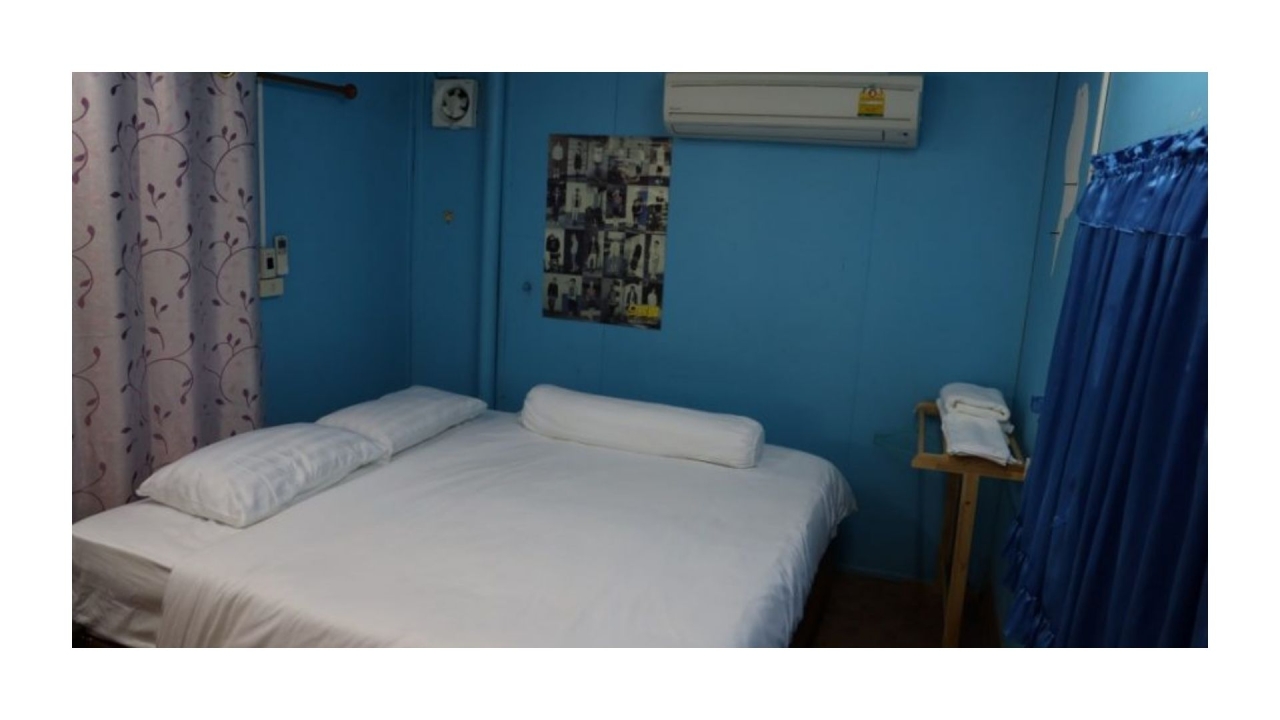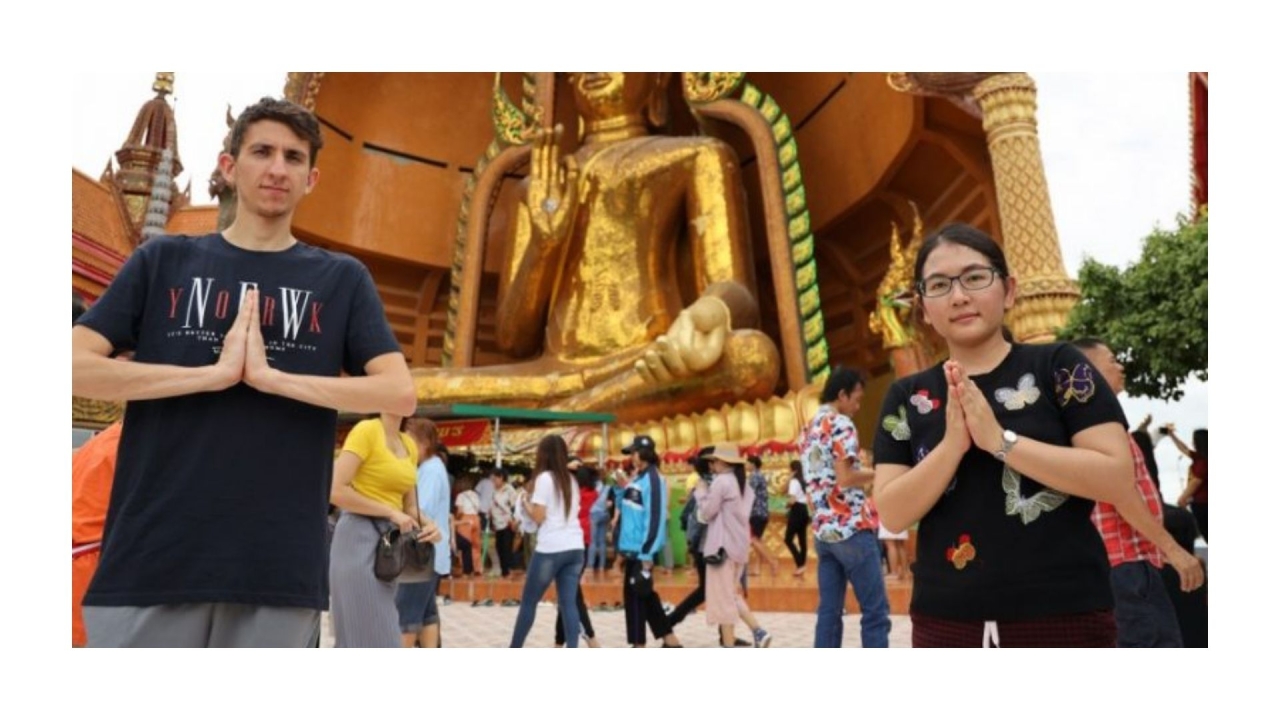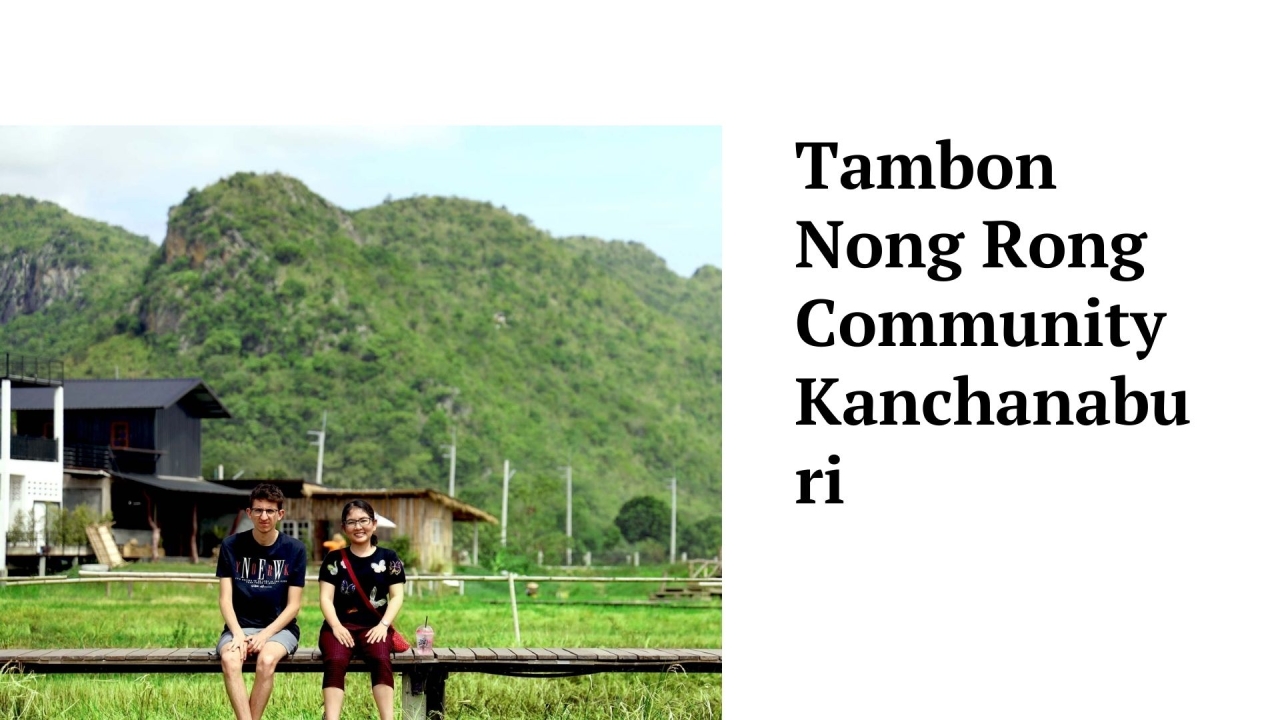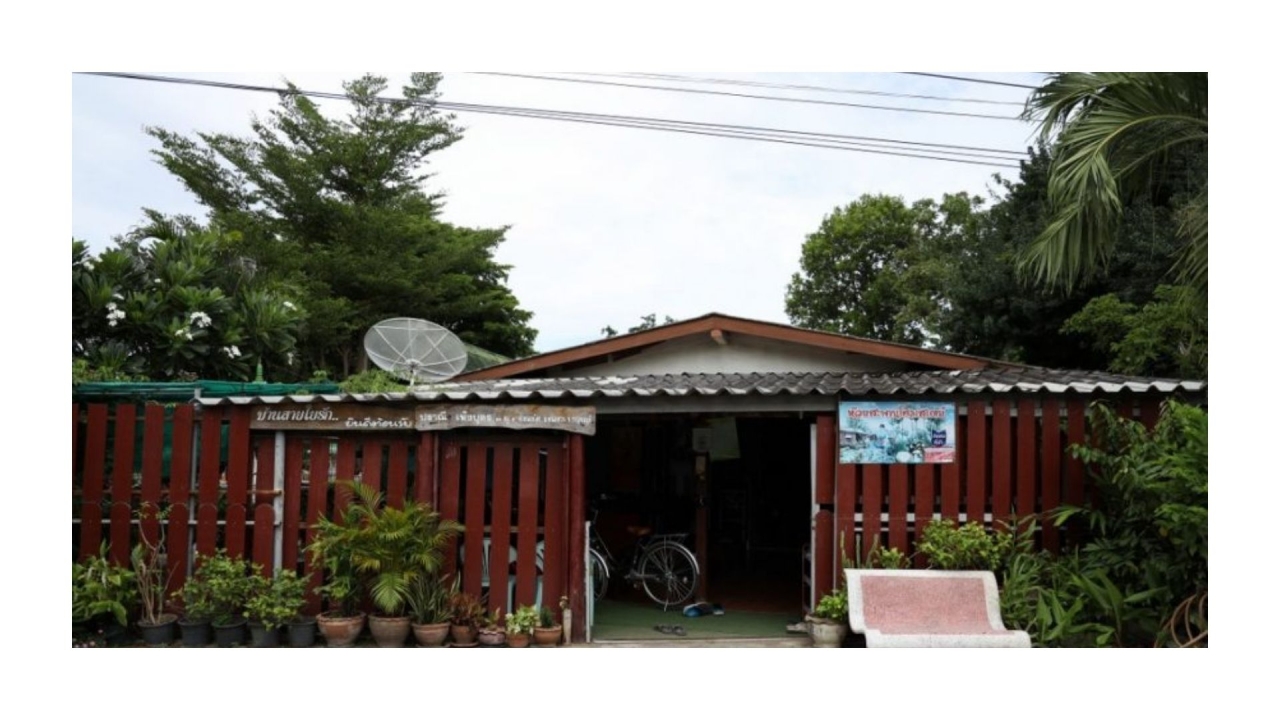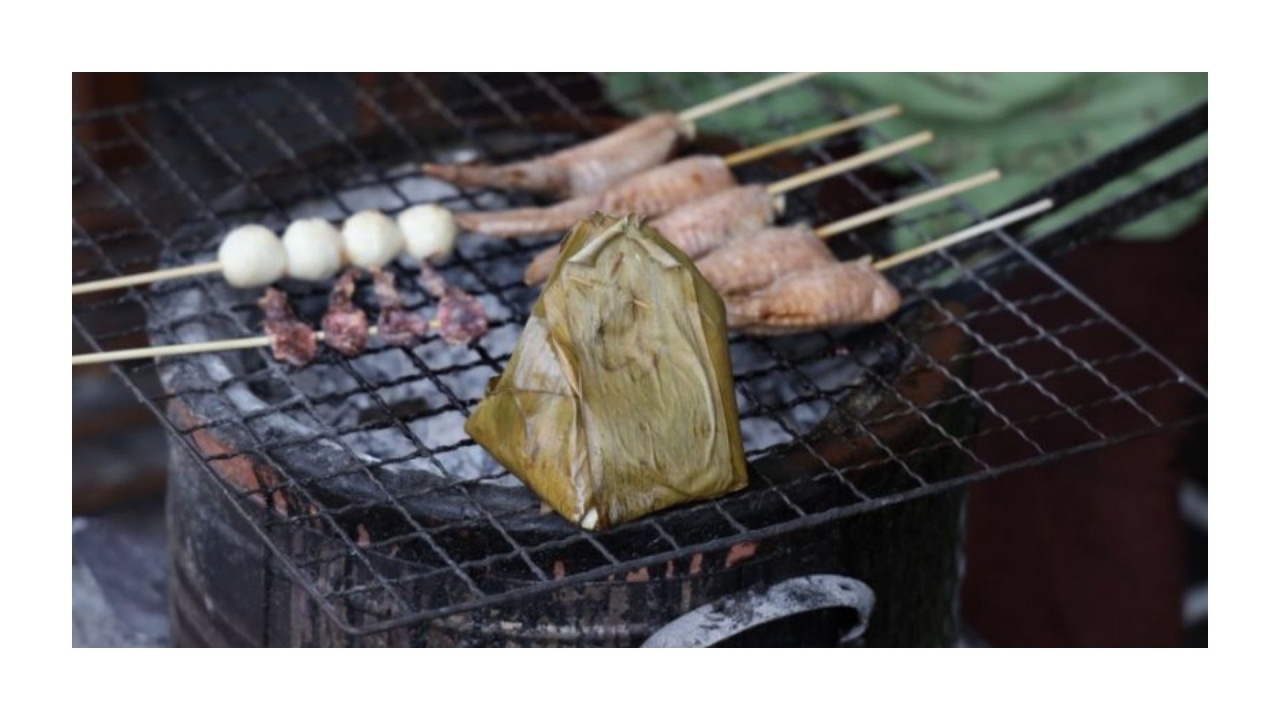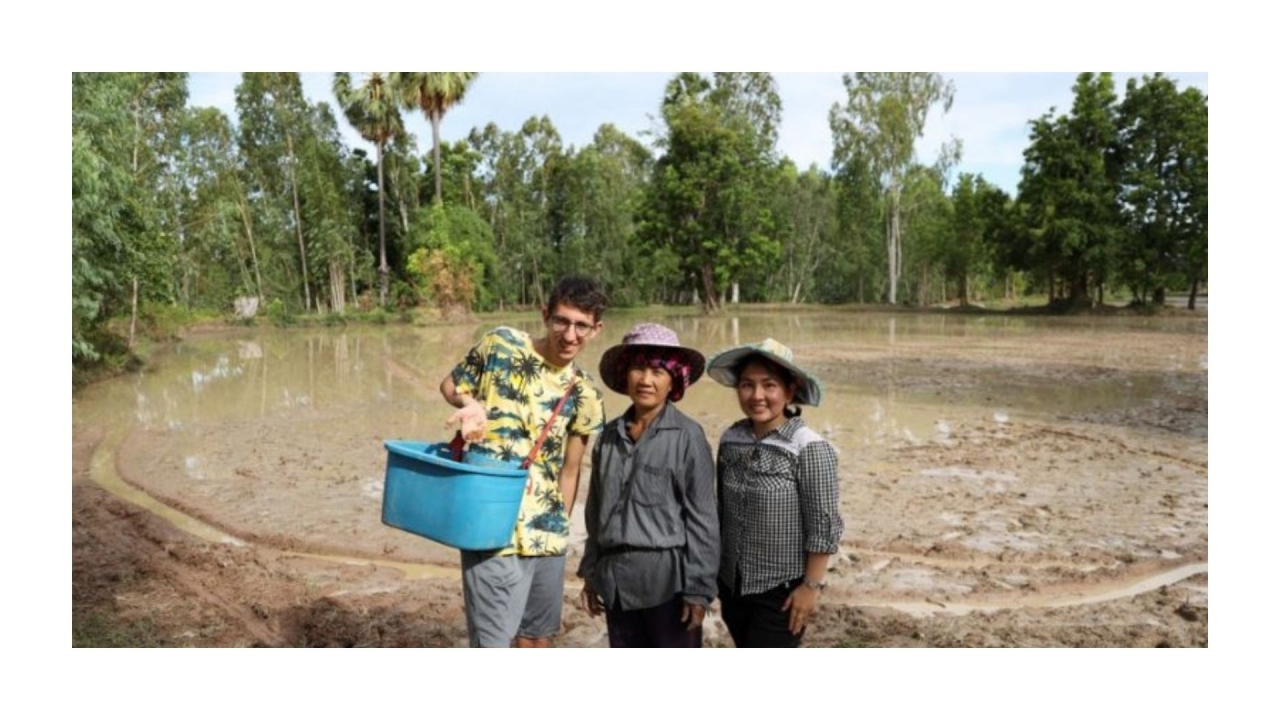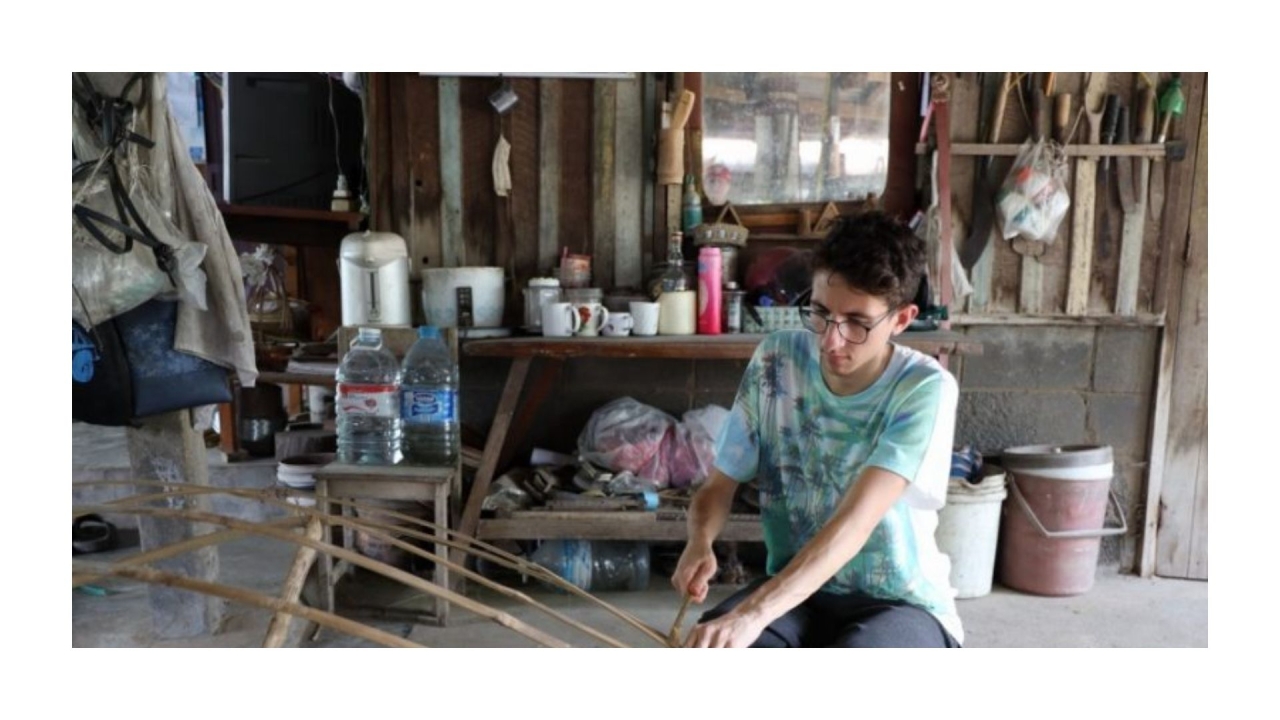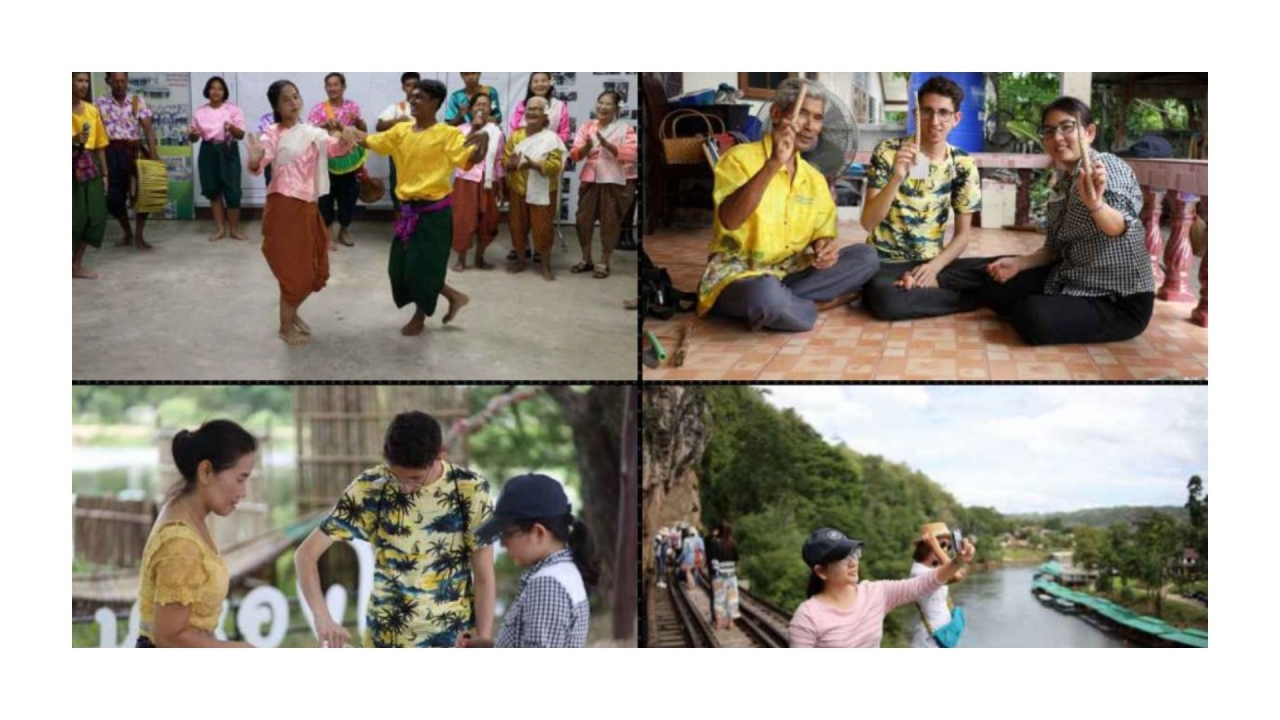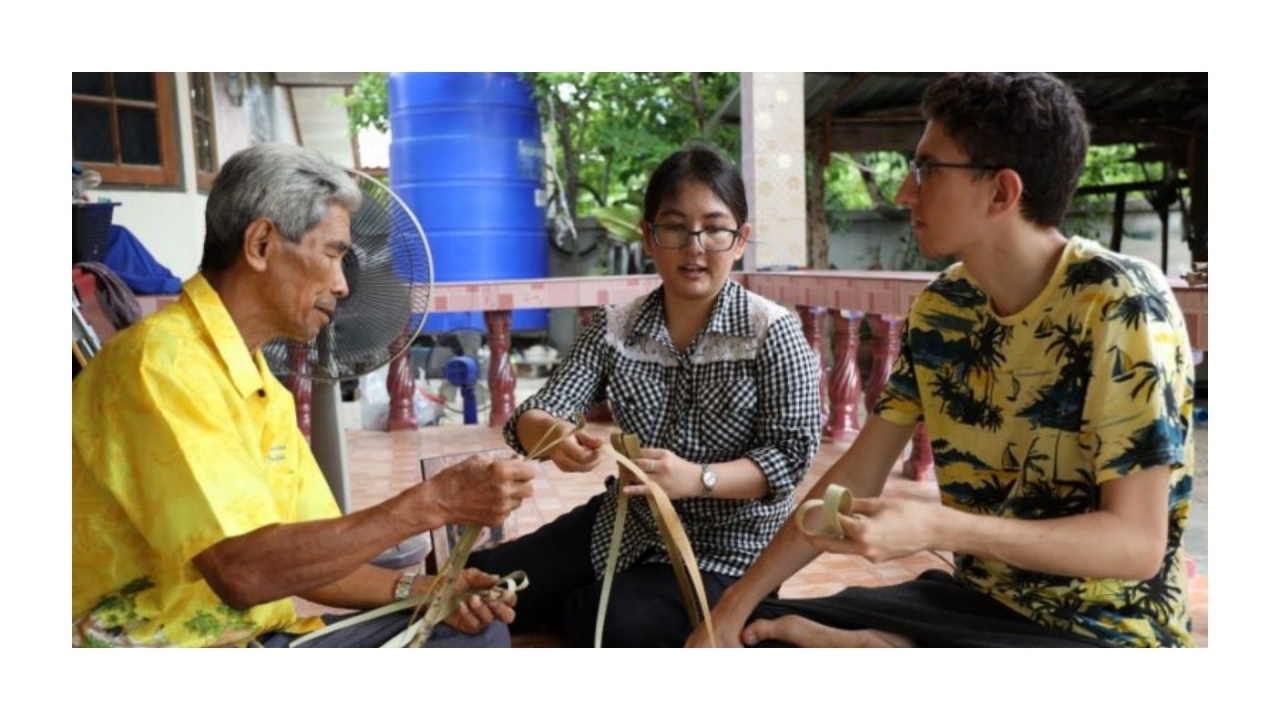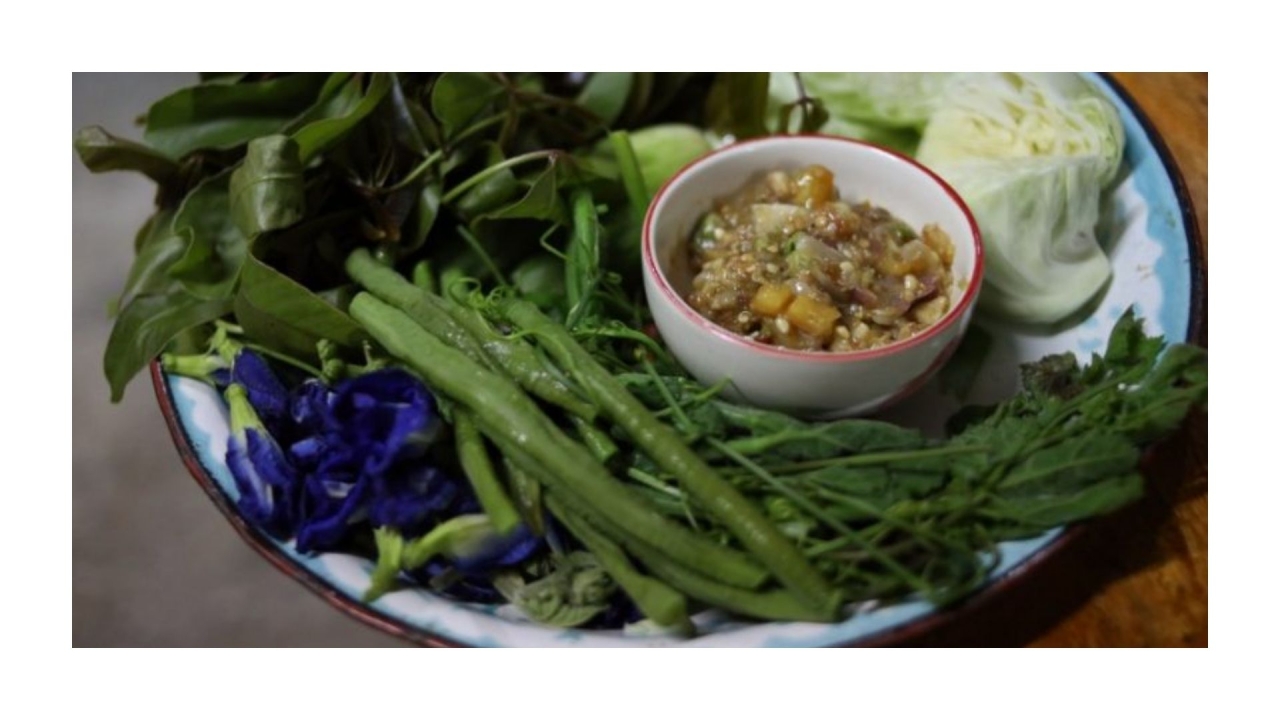Tambon Nong Rong Community Kanchanaburi
ABOUT THE COMMUNITY
Surrounded by mountains, streams and waterfalls, Kanchanaburi’s Nong Rong Community is quite literally hidden away in the heart of the jungle. As a result, the bond between community members’ lifestyle and the forest has become almost inseparable. In fact, villages bravely stood up against powerful encroachers and reclaimed over 1,000 rais of land back in 1973 – testament to how much they value this land.
Their community forest provides a source of food, housing materials, income and acts as a playground for the kids here.
To truly appreciate the cultural bond between the people and the forest, you a visit into Nong Rong community is a must. While here, you can participate in a range of activities that’ll help you feel better connected to nature, such as walking nature trails with knowledgeable villagers who will show you the most unexpected ingredients for home-cooked local dishes at the homestay. You can also collect some wild vines to make woven bracelets, again under the guidance of local masters. Visit at the right time of year and you’ll also be able to witness some of their rare traditional ceremonies and performances.
CULTURAL AND LOCAL WISDOM HERITAGE
- Food and beverage: Ancient rice noodles, using local plants found in the community forest and the community itself to cook seasonal dishes.
Local culture and traditions: Roy pansa, Yoei dancing and singing, farming spirit ceremony, barn spirit ceremony, field spirit ceremony
Local wisdom: Bamboo cradle weaving, handloom weaving, sapphire cutting, toddy palm seed cultivation, food processing using local herbs such as rainbow rice crackers, herbal rolled wafer/folded wafer, traditional massage
Herb-related local knowledge, such as ripening mangos with various herbs and making herbal press balls for post-treatment recovery.
Natural resources: Ban Huay Sapan Samakkee forest covers 2094 rai, 2 ngan and 29 square wah (3,351 square kilometers)
ACTIVITIES
- Strolling through the community’s forest.
Explore the church built in the Late Ayutthaya period at Wat Khao Cham Sin.
Learn how to weave bamboo cradles and other utilities.
Making products from Enkleia siamensis (scientific name of plant).
Learn how to make products from toddy palms.
Craft bracelets and rings from Cocculus Indicus.
Rainbow herbal rice crackers, low-fat crispy pork rinds and cooking dinner.
Program 3 Days 2 Nights
|
Day 1 |
|
|
10.00 am |
Meet at the designated meeting point and travel to Kanchanaburi. |
|
12.00 pm |
Lunch break |
|
1.00 pm |
Continue the journey towards Kanchanaburi. |
|
1.30 pm |
Stop at Kanchanaburi City Pillar Shrine to pray for good luck. Visit the Old City Wall behind the shrine and stroll through Pak Praek community, the oldest community in Kanchanaburi where the charms of old houses are still preserved. |
|
2.30 pm |
Visit Don Rak War Cemetery, also known as the United Nations War Cemetery or “The British Cemetery” to the locals. The area is home to 6,982 graves of prisoners of war (POW) who passed away during the construction of the Death Railway that stretched through Thailand to Burma. |
|
3.00 pm |
Admire the famous Bridge Over the River Kwai. The bridge, which you can now walk across, which goes over the River ‘Kwai Yai’ and boasts a semi-circular iron structure and truss, supported by reinforced concrete pillars. It is currently part of the Thonburi-Namtok railway and used to be part of the Death Railway itself. |
|
4.00 pm |
Travel to Nong Rong sub-district community, located in Panomtuan district. |
|
4.30 pm |
Arrive at the community where you’ll get to know the community representatives. You can also store your luggage at the accommodation. |
|
6.00 pm |
Dinner is served at the homestay accommodation with free time before bed after. |
|
Day 2 |
|
|
7.00 am |
Breakfast at the homestay |
|
9.00 am |
Learn about the community forest from the community master, who will guide you through the forest area that is taken care by the locals; now, it’s a great source of food and revenue for the community. Collect cocculus and enkleia siamensis for creating products that bring revenue to the community.
|
|
12.30 pm |
Taste some spicy Masang chili paste, the restaurant’s famous dish as part of lunch (with other dishes) |
|
2.00 pm |
Learn to transform the enkleia siamensis collected from the community forest into products like key chains and decorative flowers using various colors to brighten them up. |
|
3.00 pm |
Learn how to make garlands out of kaffir lime and pandan leaves. This is one example of how local produce (that’s found in abundance) can be transformed into a value-added products which can be sold as gifts or souvenirs. Try to do it yourself and take one back home. |
|
4.30 pm |
Visit the community’s agricultural garden. One of the products is a plant called melientha suavis. Get to know the plant, as well as how to grow and harvest it for distribution. Pick it directly from the source and use it to cook dinner. |
|
6.00 pm |
Cook up a melientha suavis dish with your host and enjoy a local-style dinner together at the homestay. |
|
Day 3 |
|
|
8.00 am |
Breakfast at the homestay |
|
9.30 am |
Dong Tan, (toddy palm plantation), is a forestry learning center of the community. Here, you’ll see the toddy palm tree climbers in action – one daring occupation for some members of Nong Rong community that requires passion and expertise (as the climbers have to climb up extremely tall trees). Learn about the process of climbing the trees, cutting the toddy palm and preparing them for distribution.
Notes: This activity can only be arranged during the toddy palm season (late January to mid-May). During other periods, this will be replaced with a learning activity on how the toddy flesh and seeds are used to make products. |
|
11.30 am |
Lunch |
|
12.30 pm |
Say goodbye to the community and return to Bangkok via the highway. |
|
1.00 pm |
Stop off at Meena Café to refresh with some coffee and take in the fresh air in the middle of a green field before heading back. |
|
3.00 pm |
Travel back to Bangkok. |
|
6.00 pm |
Arrive in Bangkok to mark the end of the trip. |

